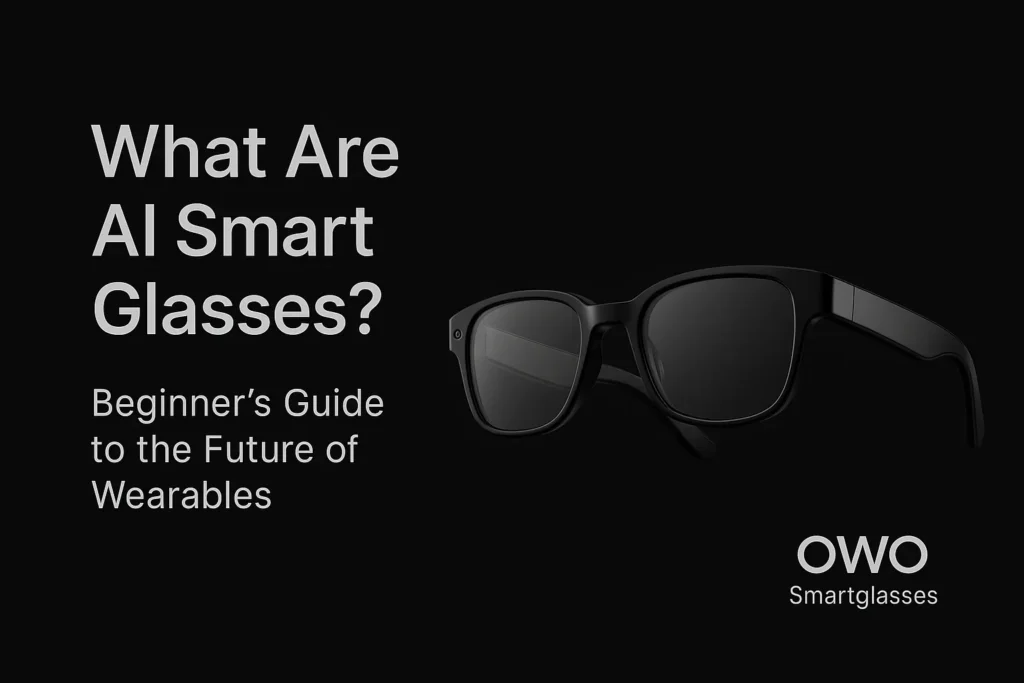When people search “smart glasses design“, they may seek insights into:
- Technical concepts and form factors — Explored in design think-pieces and sketches on Behance and Yanko Design.
- Comfort and ergonomics — Reviews and guides emphasize lightweight frames and wearability.
- Functional success stories — Case studies, like Vuzix or enterprise deployments for field work.
Top-ranking content tends to be concept designs, user experience retrospectives, or feature breakdowns—but often misses the bridge between design aesthetics and engineering feasibility.
We fill the gap by delivering a holistic and professional-grade guide, blending creative concepts with engineering execution:

1. Concept Ideation & Human-Centered Sketches
Begin with user-centered design: define use cases (e.g., fitness tracking, industrial support). Our sketches integrate real-world dimensions, temple thickness, and balance—focusing on comfort and style from Day 1.
2. Ergonomic 3D CAD Modeling
Using SolidWorks and Fusion 360, we develop exact frame geometry, hinge mechanics, weight distribution, and strap integration. We internally evaluate how antenna placement, battery packs, and optics fit within industry-standard tolerances.
3. Material Selection & Lightweighting
We explore frame materials from bio-resins to carbon fiber. Our iterative CAD simulation evaluates flexibility, resilience, and weight—ensuring the glasses remain under ~50 g without compromising durability.
4. Advanced Rendering & Visual Storytelling
We create renders using Substance and KeyShot, showing real-life use cases—like navigation prompts or fitness metrics. These visuals resonate more effectively than flat sketches—they sell the vision.
5. Prototype for Comfort & Fit Testing
Through SLA, CNC, and vacuum cast models, we test and refine:
- Bridge fit and nose pressure
- Temple grip and frame deformation
- Alignment with lenses or wave guides
Comfort is quantifiable, not assumed.
6. Design for Manufacturing & Compliance
Finalize components for injection molding or CNC production. We generate tooling ready files, assembly drawings, projections for battery life, and antenna alignment to avoid EMI—a known challenge in AR headset design .
7. Field-Ready Production Support
We assist with supplier sourcing, performance testing (IP ratings, Bluetooth), and early-stage batch runs—ensuring smooth transition from prototype to scalable production.
🧭 Sample Use Cases We Can Realize
| Use Case | WokooDesign Approach |
|---|---|
| AR Classroom Glasses | Lightweight (<45 g), robust hinges, subtle HUD, and IP54 water resistance |
| Industrial Support | Same-day AR overlays, battery trays, and clear lens spacing for PPE compatibility |
| Athletic HUD Glasses | Aerodynamic frames, silicone nose rests, +15h battery life, fitness data feedback |
✅ Why This Blog Will Surpass Competitors
- Comprehensive design → delivery pipeline not found in typical UX articles or sketch blogs
- Engineering clarity on materials, weight, battery, EMI—not just visuals
- User-centric ergonomics & testing beyond comfort guides
- Actionable visual outputs and production ready deliverables
- SEO-friendly structure with “smart glasses design” phrase in headers and throughout content
🏁 Final Thoughts: Design Smart Glasses that Work in Real Life
A smart glasses designer must balance comfort, technology, and manufacturing ability. WokooDesign brings technical execution into early stage creativity—so your glasses don’t just look smart, they work smart.
Recently, we are working with a customer for an AI smart glasses, you can see their OWOGLASSES website if you interested in.

Ready to transform your smart glasses concept into a market-ready product? Contact us and let’s design a prototype that users will love—and one factories can build.


